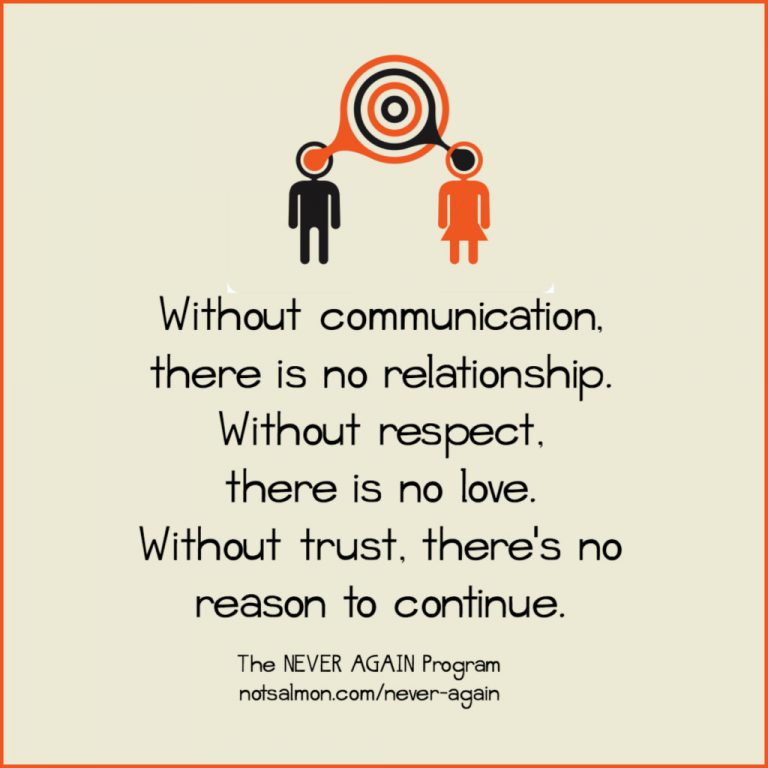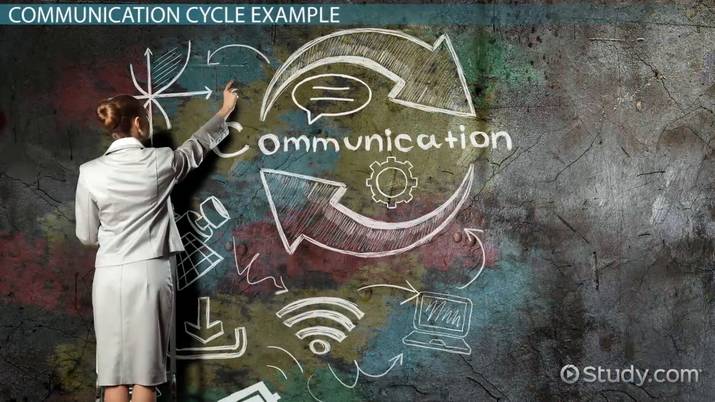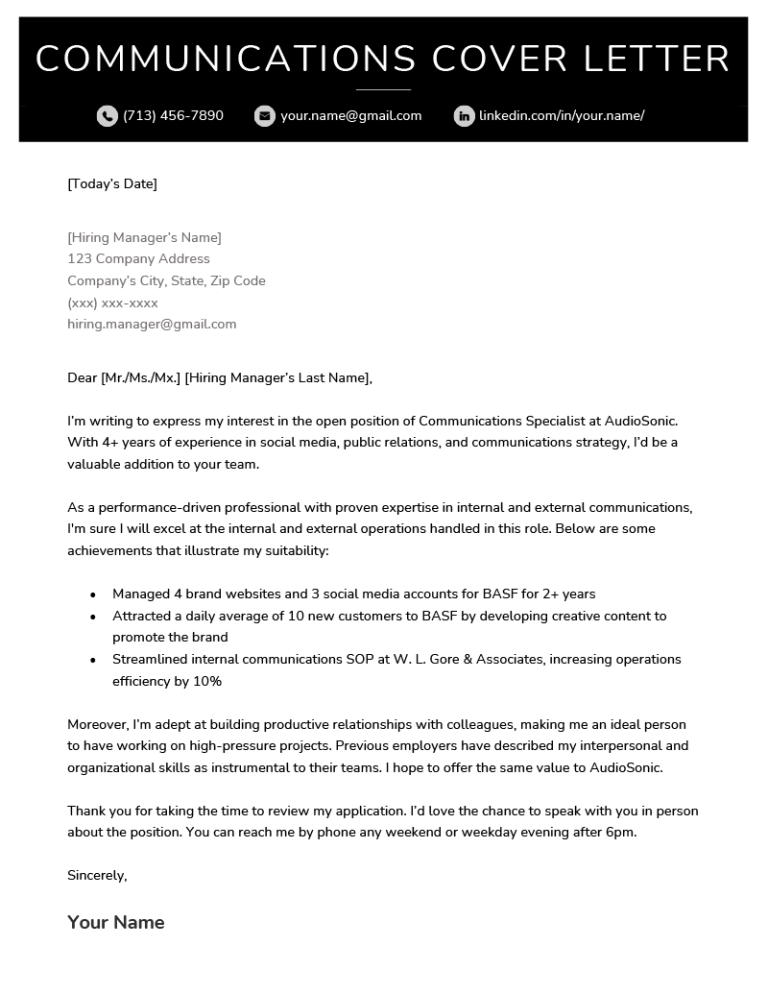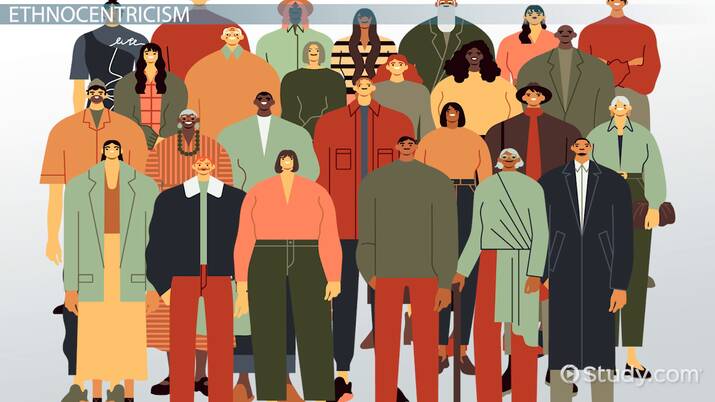Why Texting is Good for Communication?
Texting is good for communication because it allows for quick and convenient message exchange. It allows individuals to communicate efficiently and in real-time, enhancing communication and fostering better connections.
In today’s fast-paced digital world, text messages provide a platform for instant communication that can be easily accessed at any time and from anywhere. With the increasing use of smartphones, texting has become an integral part of our daily lives, enabling us to stay connected and informed.
Whether it’s for personal or professional purposes, texting offers a versatile and effective means of communication, allowing us to express ourselves succinctly and promptly without the need for lengthy phone conversations or face-to-face meetings.
The Convenience Of Texting
Texting has become an incredibly convenient means of communication. It offers instant and direct interaction, eliminating the need for lengthy phone calls or waiting for emails. Whether you’re busy or on the go, texting allows for quick communication without interrupting your daily activities.
It’s especially useful when communicating across different time zones, as you can send a message at any time without worrying about disturbing the recipient. With texting, there’s no need to wait for a response; you can continue with your day knowing that your message will be seen and replied to when convenient.
In today’s fast-paced world, the convenience of texting has revolutionized communication, making it easier and more efficient for people to stay connected.
The Power Of Non-Verbal Communication
Texting has revolutionized communication by allowing us to convey non-verbal messages through emojis and stickers. These tiny icons express emotions and tone in a concise and engaging manner, making our conversations more meaningful. Additionally, the use of GIFs and memes has further enhanced our ability to connect with others.
These funny and relatable visual aids add depth and humor to our messages, strengthening our relationships and creating a sense of camaraderie. With a simple tap on our screens, we can convey complex thoughts and feelings without uttering a word.
Texting has truly become a powerful tool in modern communication, breaking down barriers and bridging the gap between people from different cultures and backgrounds. So, the next time you send a text, remember the power of non-verbal communication and make the most of these digital expressions.
Honing Communication Skills Through Texting
Texting has become an integral part of communication, offering several benefits. It allows individuals to hone their communication skills, specifically in writing. Through regular practice, one can master the art of clear and concise messaging. Texting promotes improved writing skills as individuals strive to convey their thoughts and ideas effectively in limited space.
The brevity required in texting forces individuals to carefully choose their words, resulting in enhanced clarity and conciseness. This form of communication also encourages the development of an effective texting style, where individuals learn to capture attention and convey messages efficiently.
Overall, texting serves as a valuable tool for communication, enabling individuals to refine their writing skills while ensuring effective and efficient exchanges.
Texting For Building Stronger Relationships
Texting is an effective means of communication that fosters stronger relationships by creating an increased emotional connection. Through the use of text messages, individuals are able to express their thoughts and feelings, resulting in a deeper understanding and connection with their loved ones.
Additionally, texting allows for the building of trust, as it provides a platform for open and honest communication. It enables individuals to stay connected with their loved ones, regardless of distance or time constraints. Whether it’s a quick check-in or a lengthy conversation, texting bridges the gap and allows relationships to flourish.
With the convenience and accessibility of texting, it’s no wonder that it has become a popular method of communication in today’s fast-paced world.
The Efficiency Of Texting In Business Communication
Texting has become an essential tool in business communication, thanks to its efficiency and convenience. It streamlines the work process by quickly and effortlessly conveying messages. Through texts, misunderstandings can be eliminated as individuals have a written record to refer back to.
Moreover, it fosters effective collaboration among team members, allowing for real-time discussions and decision-making. With just a few taps on a mobile device, professionals can share ideas, exchange feedback, and coordinate their efforts seamlessly. Texting offers a concise and straightforward way to communicate, ensuring that information is transmitted accurately and promptly.
In today’s fast-paced business environment, leveraging the power of texting can enhance productivity and improve overall communication within an organization.
Breaking Language Barriers With Texting
Texting has become an invaluable tool for breaking language barriers and facilitating effective communication. With the help of translation tools and language apps, text messages can be easily translated into different languages, enabling individuals from diverse backgrounds to connect seamlessly.
By using texting as a means of communication, people can bridge gaps and overcome communication obstacles that may arise due to language differences. Moreover, texting allows individuals to interact with international communities and expand their global network. It offers a platform to exchange ideas, share experiences, and build relationships, all while transcending linguistic boundaries.
As technology continues to advance, the role of texting in fostering cross-cultural communication and promoting understanding will only grow. So, embrace the power of texting and embrace the world at your fingertips.
The Impact Of Texting On Social Communication
Texting has had a significant impact on social communication. It has revolutionized the way people interact in social events and gatherings. With real-time updates and invitations, texting has become a convenient tool for planning and organizing social activities. It allows individuals to engage with social groups and communities, fostering connections and enhancing social dynamics.
Moreover, texting enables people to stay connected and informed, ensuring they are always up to date with events and conversations. It has become an integral part of modern communication, offering a quick and efficient way to stay connected in today’s fast-paced world.
Whether it’s coordinating plans or staying in touch, texting has proven to be a beneficial tool for social communication.

Credit: wellapp.com
Frequently Asked Questions For Why Texting Is Good For Communication?
Why Texting Is A Good Method Of Communication?
Texting is a good method of communication for several reasons. Firstly, it’s convenient and fast, allowing us to send and receive messages instantly. Secondly, it allows a clear and concise exchange of information. The brevity of texts promotes efficiency and eliminates misunderstandings.
Thirdly, texting can be less intrusive compared to other forms of communication like phone calls. It allows recipients to respond at their convenience, without interrupting their daily activities. Moreover, texting provides a written record of conversations, making it easier to refer back to important information.
Lastly, it offers a way to communicate discreetly in situations where verbal conversations may not be possible or appropriate. Whether it’s for casual or professional purposes, texting has become an integral part of effective communication in today’s fast-paced world.
What Are 3 Benefits Of Texting?
Texting offers several benefits. Firstly, it provides instant communication, allowing users to send and receive messages quickly. This enables real-time conversations and facilitates efficient communication. Secondly, texting offers convenience, as it can be done from anywhere and at any time.
It eliminates the need for face-to-face or phone conversations, making it ideal for quick exchanges or updates. Lastly, texting provides a written record of conversations, ensuring that important information is preserved. This allows users to refer back to messages and retrieve valuable details.
Overall, texting improves communication speed, offers convenience, and ensures information is easily accessible. Its widespread usage highlights its effectiveness and practicality in today’s digital age.
Is Texting A Healthy Way To Communicate?
Texting is a convenient way to communicate, but it may not always be the healthiest. Text messages lack the cues that come with face-to-face conversations, such as tone of voice and body language. This can lead to misunderstandings and misinterpretations.
Also, the constant notifications and distractions from texting can interrupt important tasks and hinder productivity. Excessive texting can also strain relationships as it may lead to constant reliance on technology for communication instead of personal interaction. Therefore, it is important to find a balance between texting and other forms of communication to ensure healthy and effective interactions.
What Advantages Does Texting Have Over Verbal Communication?
Texting offers several advantages over verbal communication. First, it allows for quick and convenient messaging, saving time and effort. Texting also allows for clear and concise communication, ensuring that the message is accurately conveyed without misunderstandings. Additionally, texting provides a written record of conversations, which can be useful for reference or clarification.
Moreover, it enables multitasking, as one can respond to texts while engaged in other activities. Furthermore, texting allows for asynchronous communication, meaning messages can be sent and received at different times, making it ideal for busy schedules. In addition, texting provides a level of anonymity, allowing individuals to communicate without revealing personal information.
Overall, texting offers a more efficient, precise, and flexible means of communication.
Conclusion
To sum up, texting has proven to be a highly effective and convenient means of communication. With its ability to convey messages instantly, texting allows individuals to connect and stay in touch with one another effortlessly. Moreover, its simplicity and ease of use appeal to people of all ages and technological backgrounds.
Not only does texting promote clearer and more concise conversations, but it also ensures that messages can be saved and referenced later if needed. Additionally, the option to send multimedia files such as photos and videos adds another layer of expression and depth to our interactions.
Furthermore, the widespread use of texting in both personal and professional settings highlights its adaptability and relevance in today’s fast-paced world. As we continue to rely on technology for communication, it is clear that texting plays a vital role in fostering connections and promoting effective dialogue.





